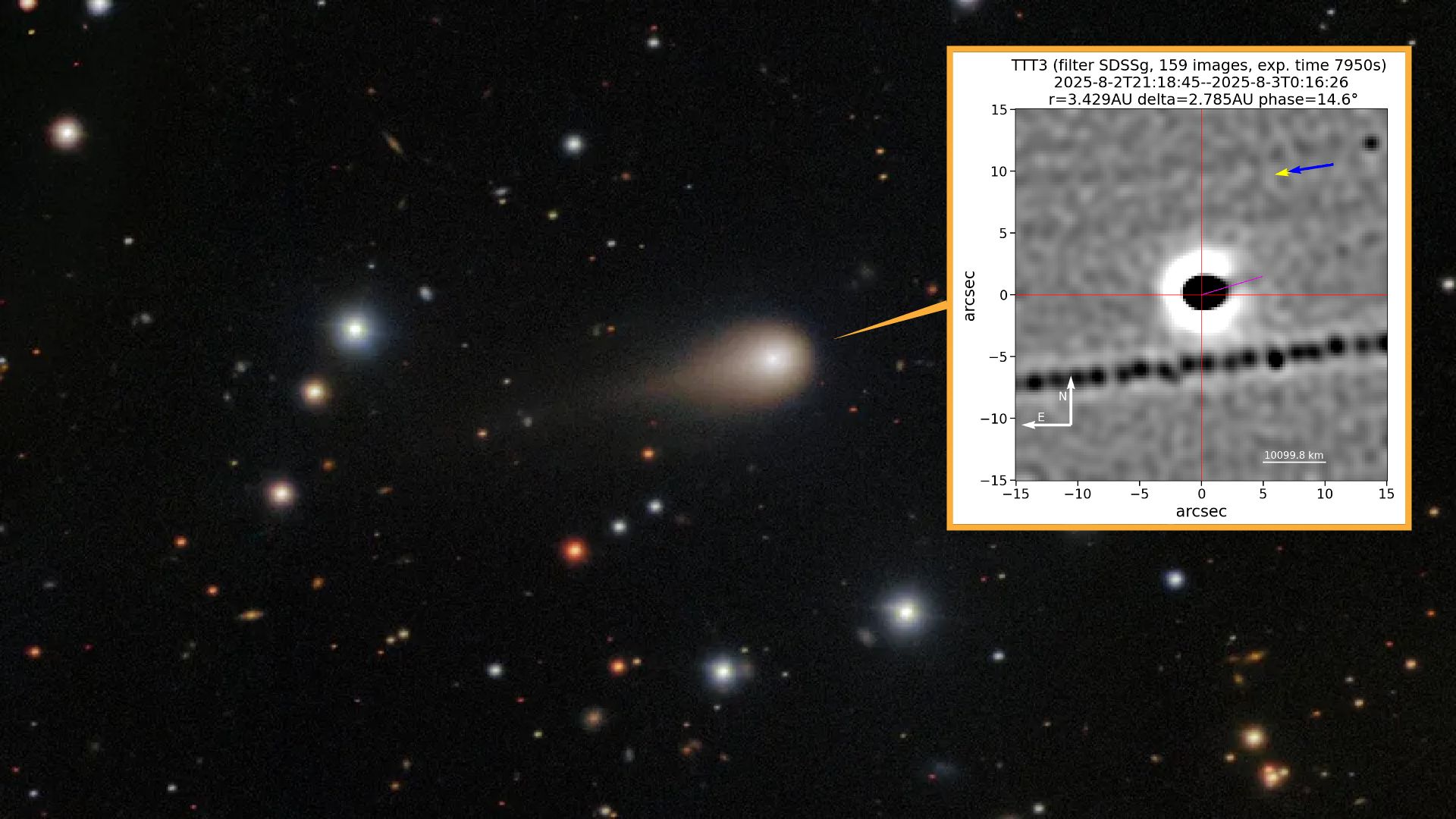When an asteroid made Meteor Crater in northern Arizona, it did more than leave the Earth’s best preserved impact crater. According to new research, the earthquake that the collision caused induced a landslide, which caused water to back up to the height of a 20-storey building above the current river.
Meteor Crater, also known as Barringer Crater after the family that owns the land, is far from the largest impact crater on the planet. Indeed, at 1,200 meters (3,900 feet) across, it’s puny compared to the 200-kilometer (124-mile) Chicxulub Crater that ended the dinosaurs’ reign, or the even larger Vredfort Crater. However, it’s a great deal more recent than either of these – about a thousand times younger than Chicxulub, for example. Combined with the dry environment in which the asteroid landed, this has left the walls of the crater beautifully preserved, while most others are eroded almost beyond recognition.
Just 160 kilometers (100 miles) away is a geological landmark that needs no introduction: the Grand Canyon. Within that mighty chasm lie numerous features that have puzzled generations of geologists, including signs of an epic flood. Now the two have been brought together, in the process possibly resolving a mystery pursued for 60 years, including by the father of one of the scientists involved in the latest work.
Professor Karl Karlstrom of the University of New Mexico’s father, Thor, studied caves in the walls of the Grand Canyon. One, known as Stanton’s Cave, is famous for containing more than a hundred wooden figures made 3,000-4,000 years ago by inhabitants of the area, as well as the remains of dozens of species. Thor Karlstrom’s expeditions also found puzzling pieces of driftwood, far above the river.
The possibility that someone had brought the wood up from the river is made unlikely both by sediment deposits in the cave and the presence of wood at similar heights in other caves.
“It would have required a ten-times bigger flood level than any flood that has happened in the past several thousand years,” Karlstrom said in a statement. “Or maybe they are very old deposits left as the river carved down, or maybe they floated in from a paleolake caused by a downstream lava dam or landslide dam? We needed to know the age of the cave deposits.”
Instead, Karlstrom and colleagues have turned to a previous proposal known as the Nankoweap paleolake hypothesis, which suggests a blockage in the Colorado River caused a long-term bank-up of water behind it. Beaver tracks 37 meters (121 feet) above the current river add to the evidence that water levels were sustained at higher levels, rather than part of a temporary raging torrent.
When first found, the driftwood was dated to be more than 35,000 years old, but radiocarbon dating at the time could not be more specific, although in the 1980s an estimate of 43,500 years was published. Neither is consistent with the possibility of epic floods caused by melting glaciers at the end of the last ice age.

The alternating sandsilt deposits in Marble Canyon caves resemble those of the delta forming in Lake Mead today and may have a similar origin.
Image credit: Karl Karlstrom
Karlstrom is part of a team that noted carbon dating has improved since these measurements were made, and sent samples to labs in New Zealand and Australia that are leaders in more advanced techniques.
Both labs produced dates between 50,000-60,000 years ago, a range that looked very familiar to team member Chris Baisan of the University of Arizona, who was working on estimates of the age of Meteor Crater. Other methods had put the crater at between 53,000 and 63,000 years old.
“From numerous research trips, Karl and I knew of other high-accessible caves that had both driftwood and sediment that could be dated,” said the University of New Mexico’s Professor Laura Crossey. The team sent a driftwood sample from another cave to the same labs, and sediment to Utah State University for dating. All produced estimate ranges that included 55,600 years ago.
The Nankoweap paleolake hypothesis has not only become more plausible, but for the first time has a suspected date.
In a paper announcing their findings, the authors argue that the impact would have caused an earthquake of at least magnitude 5.2, which would have faded to 3.3 by 160 kilometers away. The cliffs that line the Canyon are vulnerable at many points, and the remains of rockslides of varying sizes can be seen. A quake of that size might be sufficient to create a major rockfall.
The dams would have taken a long time to fill the lake, but once water started to flow over the top of the natural dam, erosion would start. The authors estimate it would have eroded away within a thousand years.
“The team put together these arguments without claiming we have final proof; there are other possibilities, such as a random rockfall or local earthquake within a thousand years of the Meteor Crater impact that could have happened independently,” Karlstrom said. “Nevertheless, the meteorite impact, the massive landslide, the lake deposits, and the driftwood high above river level are all rare and unusual occurrences. The mean of dates from them converge into a narrow window of time at 55,600 ± 1,300 years ago which gives credence to the hypothesis that they were causally related.”
The study is published in Geology.
Source link


